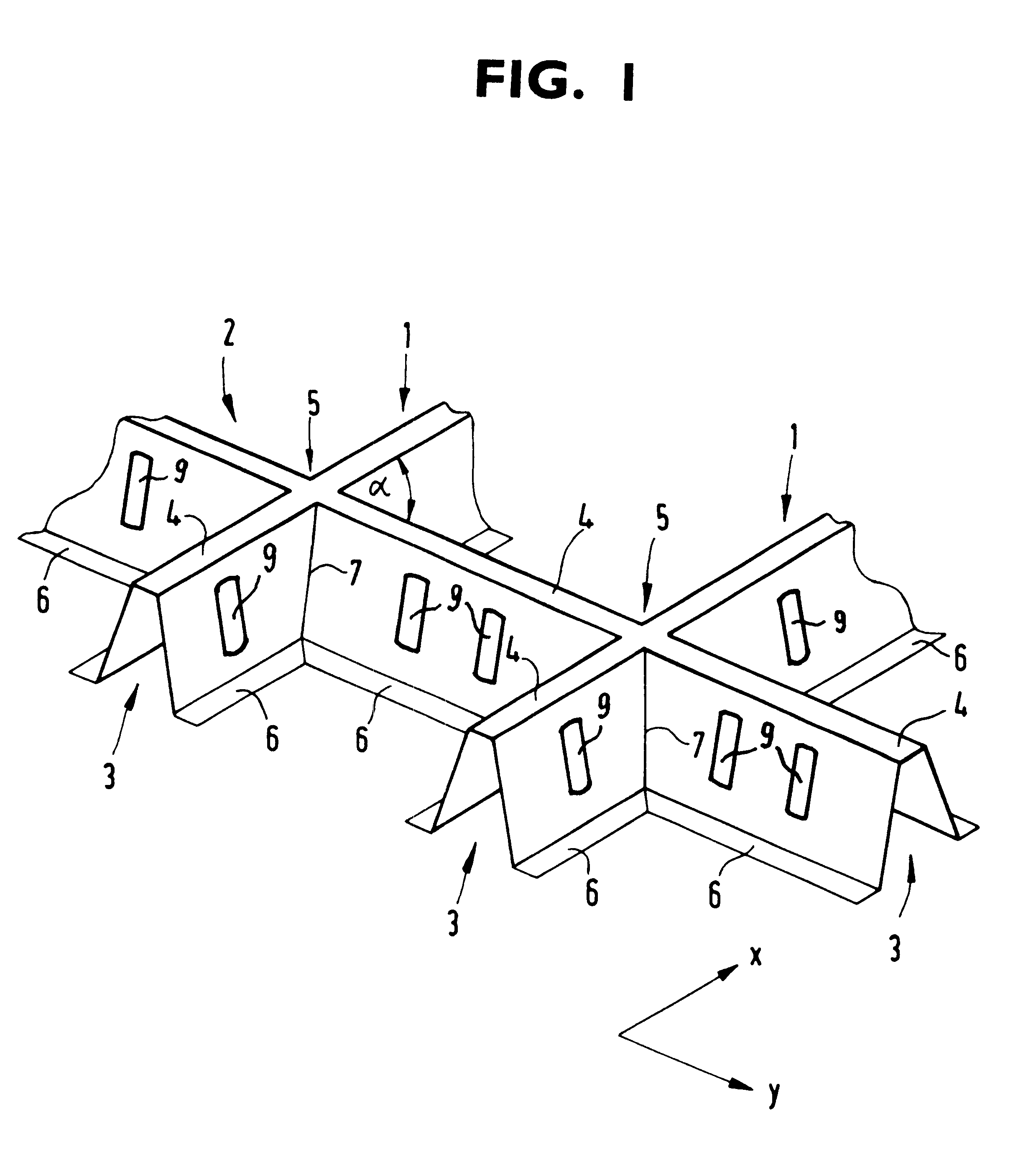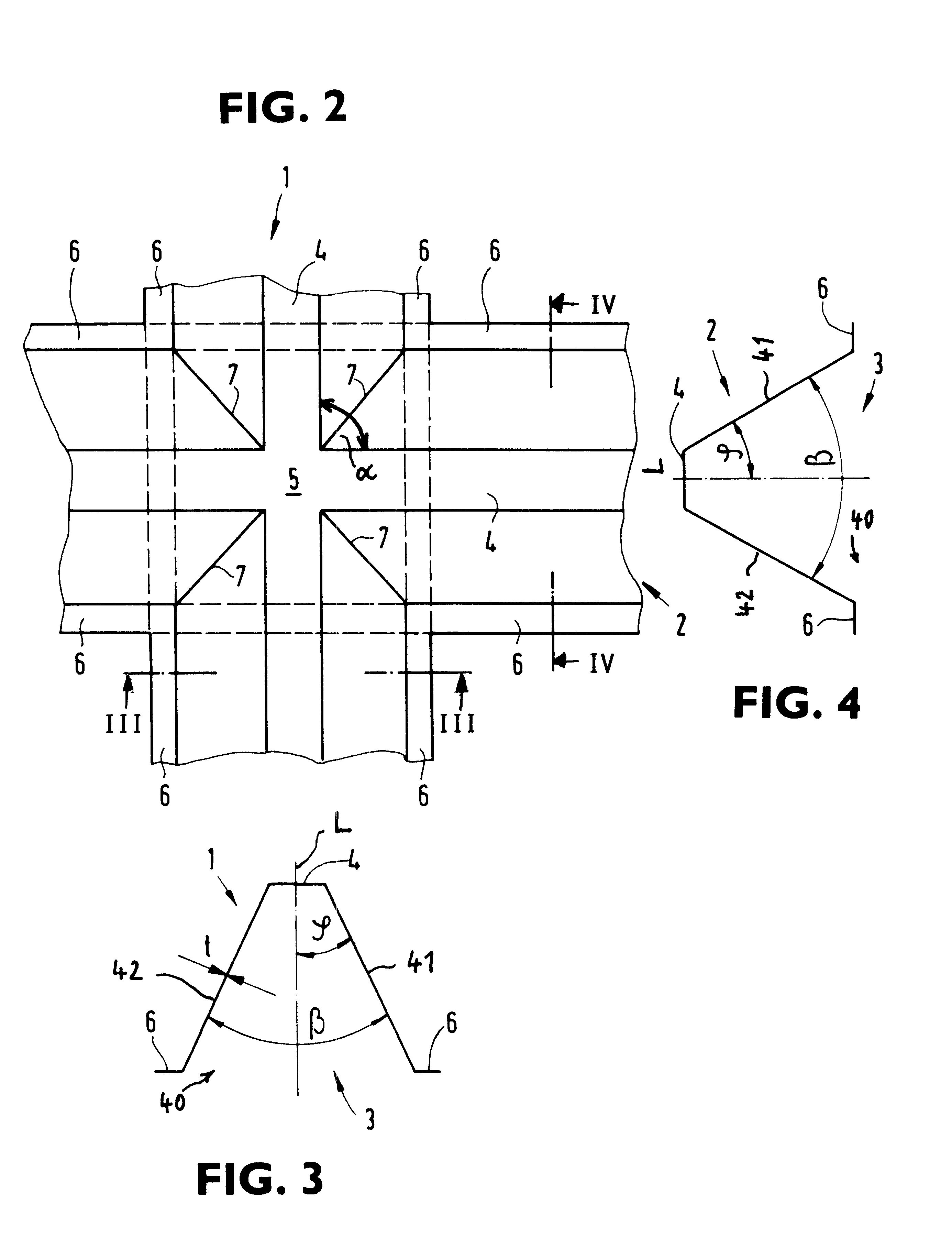Subfloor structure of an aircraft airframe
- Summary
- Abstract
- Description
- Claims
- Application Information
AI Technical Summary
Problems solved by technology
Method used
Image
Examples
Embodiment Construction
The fuselage of an aircraft comprises an airframe including at least one fuselage cell such as a cabin cell. Typically, airframes are constructed as modular cell units and, if several such cell units are required, they are simply connected modularly one behind another. The skeleton of an airframe is surrounded and covered by an outer skin, generally by shell segments. The airframe is embodied to accommodate payloads such as flight personnel, passengers, freight, etc. The airframe also supports the necessary floors for supporting the payload. A subfloor structure is connected directly to the floor. This subfloor structure improves not only the bearing capacity of the floor, but also the stability and the crash behavior in the case of an impact of the fuselage dropping from a low altitude. The primary characteristics of a subfloor structure that determine the crash safety behavior of the structure during impact are its ability to effectively absorb portions of the kinetic crash energy...
PUM
 Login to View More
Login to View More Abstract
Description
Claims
Application Information
 Login to View More
Login to View More - R&D
- Intellectual Property
- Life Sciences
- Materials
- Tech Scout
- Unparalleled Data Quality
- Higher Quality Content
- 60% Fewer Hallucinations
Browse by: Latest US Patents, China's latest patents, Technical Efficacy Thesaurus, Application Domain, Technology Topic, Popular Technical Reports.
© 2025 PatSnap. All rights reserved.Legal|Privacy policy|Modern Slavery Act Transparency Statement|Sitemap|About US| Contact US: help@patsnap.com



